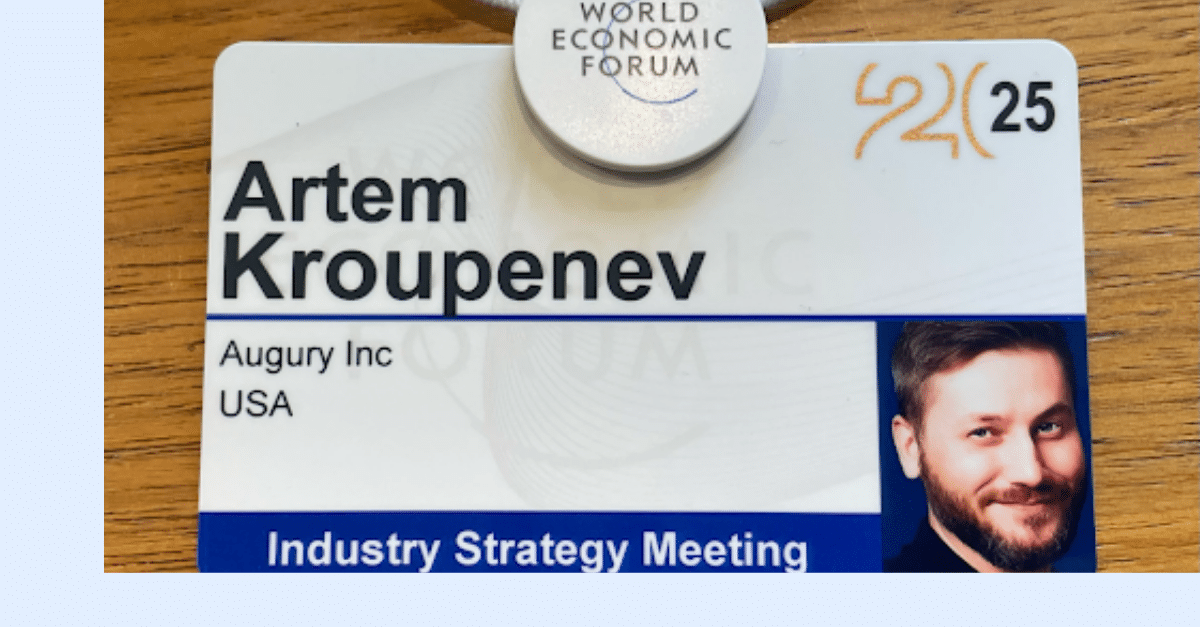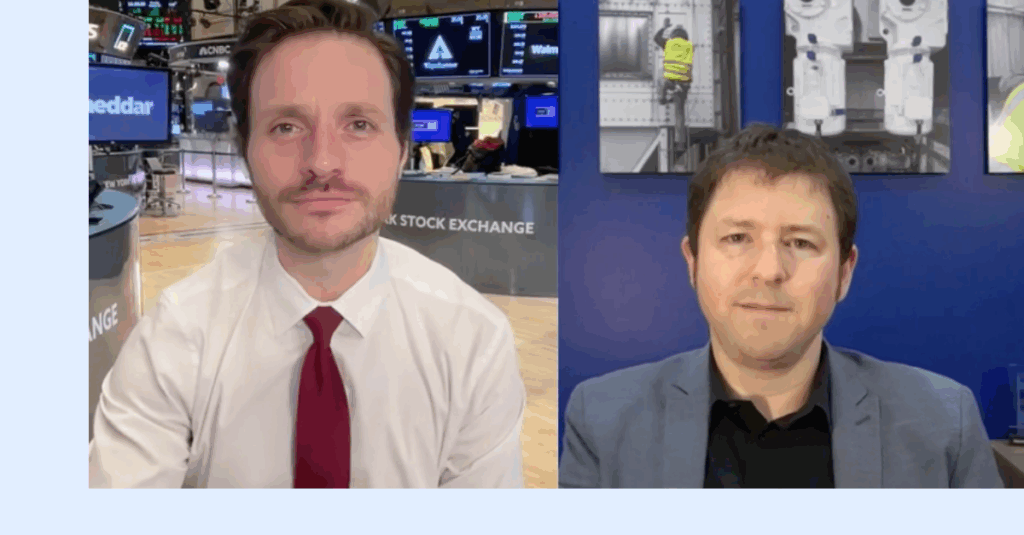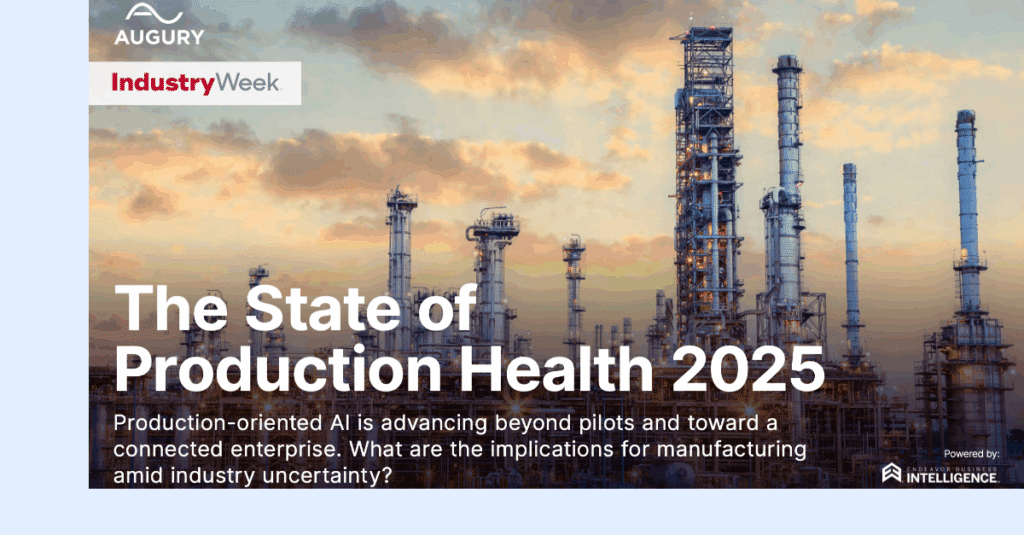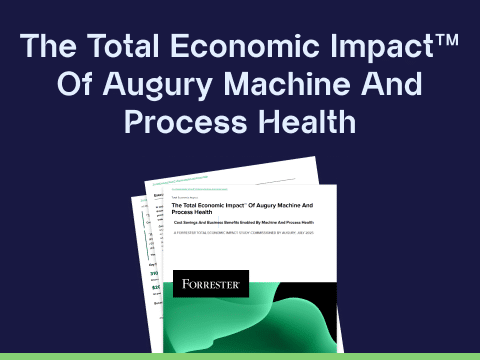
The global industrial landscape stands at a critical inflection point, reshaped profoundly by decades of divergent manufacturing strategies. At a recent World Economic Forum gathering, industry leaders agreed on a crucial insight: AI is not merely an incremental upgrade—it is now the decisive strategic necessity for Western industrial revival and economic dominance.
The Great Manufacturing Shift
Since the 1970s, Western nations, especially the U.S. and Europe, have unintentionally drifted into a significant strategic vulnerability. Policies incentivizing consumption at the expense of domestic production, combined with free-trade agreements, accelerated the shift of manufacturing to lower-cost countries.
China pursued the exact opposite approach, prioritizing high savings rates, suppressing domestic demand, and providing targeted government subsidies through trade policy, tariffs, and direct funding. As a result, China commands nearly 35% of global manufacturing production, nearly twice the output of leading Western economies combined (approximately 20%).
This shift represents a profound geopolitical realignment, enabling China to leverage manufacturing dominance to influence global affairs, challenging established Western economic and political norms, and highlighting critical dependencies in Western economies.
The Productivity Crisis
The challenge in Western manufacturing is deeper than lost capacity. Labor costs in Western economies are roughly three times higher than in Asia, yet productivity has remained stagnant or slightly declined over the past two decades. To compete effectively, Western manufacturers must bridge not just a capacity gap but overcome a fundamental productivity deficit.
“To bring manufacturing back to Western shores successfully, productivity must increase dramatically—by at least threefold. This transformation requires more than incremental improvements; it demands a fundamental reinvention of manufacturing driven by AI and general-purpose robotics.”
Compounding this issue is an emerging talent shortage. An aging workforce is retiring, taking with it invaluable expertise, while younger generations often view manufacturing careers negatively due to perceptions of outdated environments and historically lower wages.
These deeply entrenched issues won’t be solved by simply repatriating low-skill manufacturing jobs or imposing tariffs. The only sustainable path is through rapid, comprehensive adoption of AI and advanced automation.
AI as the Strategic Equalizer
To bring manufacturing back to Western shores successfully, productivity must increase dramatically—by at least threefold. This transformation requires more than incremental improvements; it demands a fundamental reinvention of manufacturing driven by AI and general-purpose robotics.
This means integrating AI-driven machine health monitoring, reliability optimization, workforce enablement, and supply chain management from inception, rather than treating AI as an incremental add-on. It is not about merely automating existing processes but creating entirely new paradigms of manufacturing excellence.
Investing in Technology vs. Tariffs
Some argue tariffs alone can provide the necessary protection and time for domestic industries to recover. However, tariffs without productivity enhancements offer only short-term relief and risk longer-term economic stagnation. The sustainable solution lies in transformative implementation of AI and automation. Strategic investment must therefore focus primarily on boosting productivity through technological transformation. This is the only viable path to long-term competitiveness.
Proven Real-World Outcomes
The World Economic Forum’s Global Lighthouse Network’s recent report highlights dozens of success stories of industrial companies transforming everything from production scheduling and predictive maintenance to augmenting human strengths with technology and reducing energy waste.
Augury’s customers are already witnessing concrete results: DuPont utilized our AI-driven Machine Health to shift from reactive, route-based maintenance to prescriptive, achieving a remarkable 7x ROI and empowering their teams to be proactive. Similarly, plastic recycling innovator Circulus leveraged AI to significantly enhance plant safety, reduce costs, and increase asset uptime by 38%.
These cases represent a broader emerging trend, signaling growing momentum for AI across multiple industrial sectors.
Industrial Ecosystem Dynamics
Crucially, the successful adoption of AI-driven manufacturing hinges on building robust industrial ecosystems. In my role, I actively help businesses establish strategic partnerships, secure critical data and technology assets, and drive investments that allow rapid scaling and sustained competitiveness. These internal and external support structures are vital to any organization that wants to improve productivity, quality, and capacity with AI-driven solutions – the technology by itself is never enough.
The Decisive Moment: Embrace or Depend
Every major industrial revolution—steam power, electrification, assembly lines, and automation—was marked by dramatic reductions in the cost of productivity. Today’s revolution, driven by AI, offers the potential to eclipse all prior transformations.
Western nations face a clear choice: proactively lead this AI-powered industrial transformation or passively accept continued dependency. The technology exists, successful implementations are increasing, and the economic imperative is clear. The question now isn’t whether this revolution will happen, but whether Western industries will lead it, or simply respond.When market conditions get choppy and production schedules start looking like spaghetti charts, most maintenance teams find themselves in a bind. That’s because most maintenance strategies aren’t easy to modify when your plant load does.
Worried about market conditions? Get advice from three manufacturing veterans on what you can control, and how to adjust accordingly.




